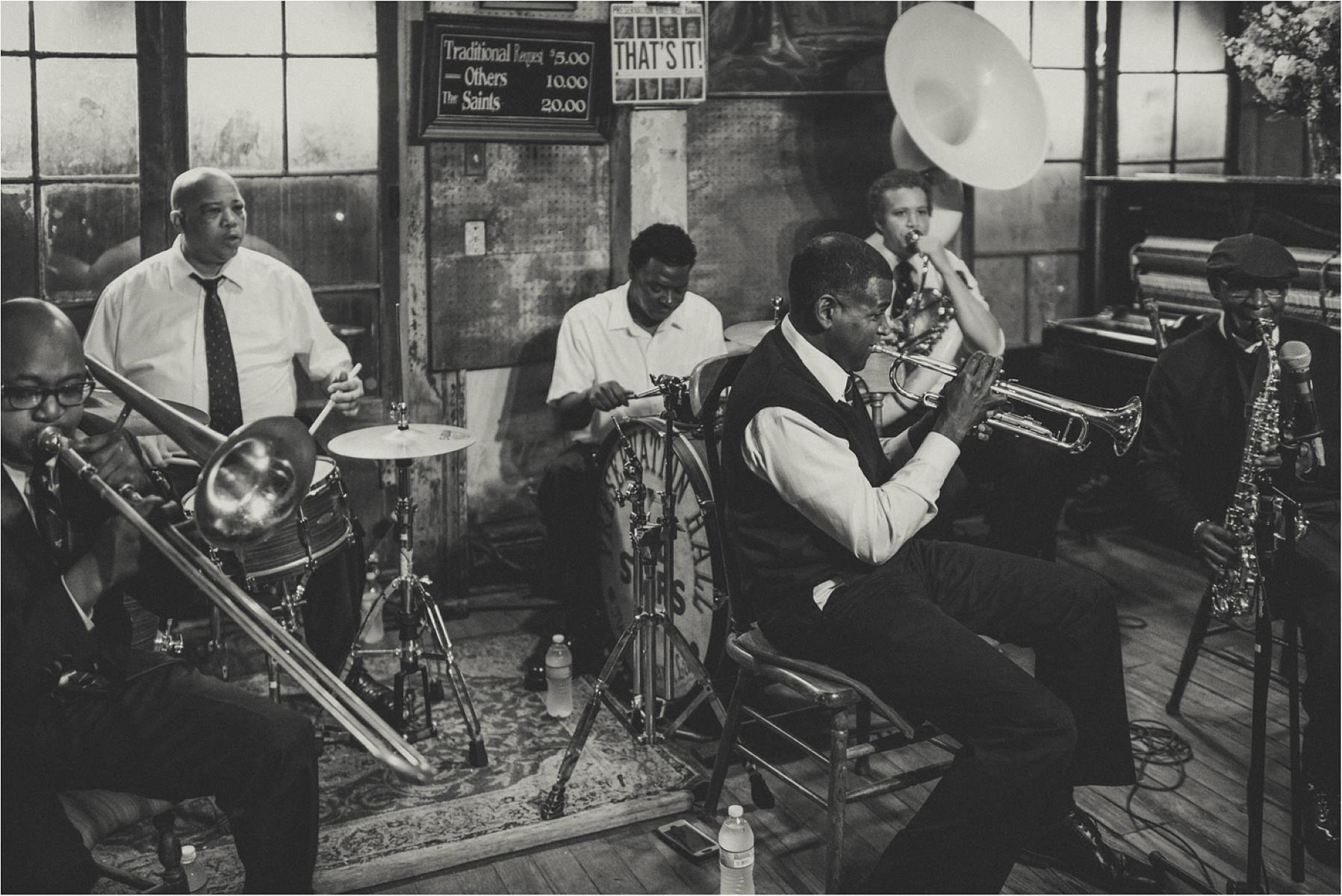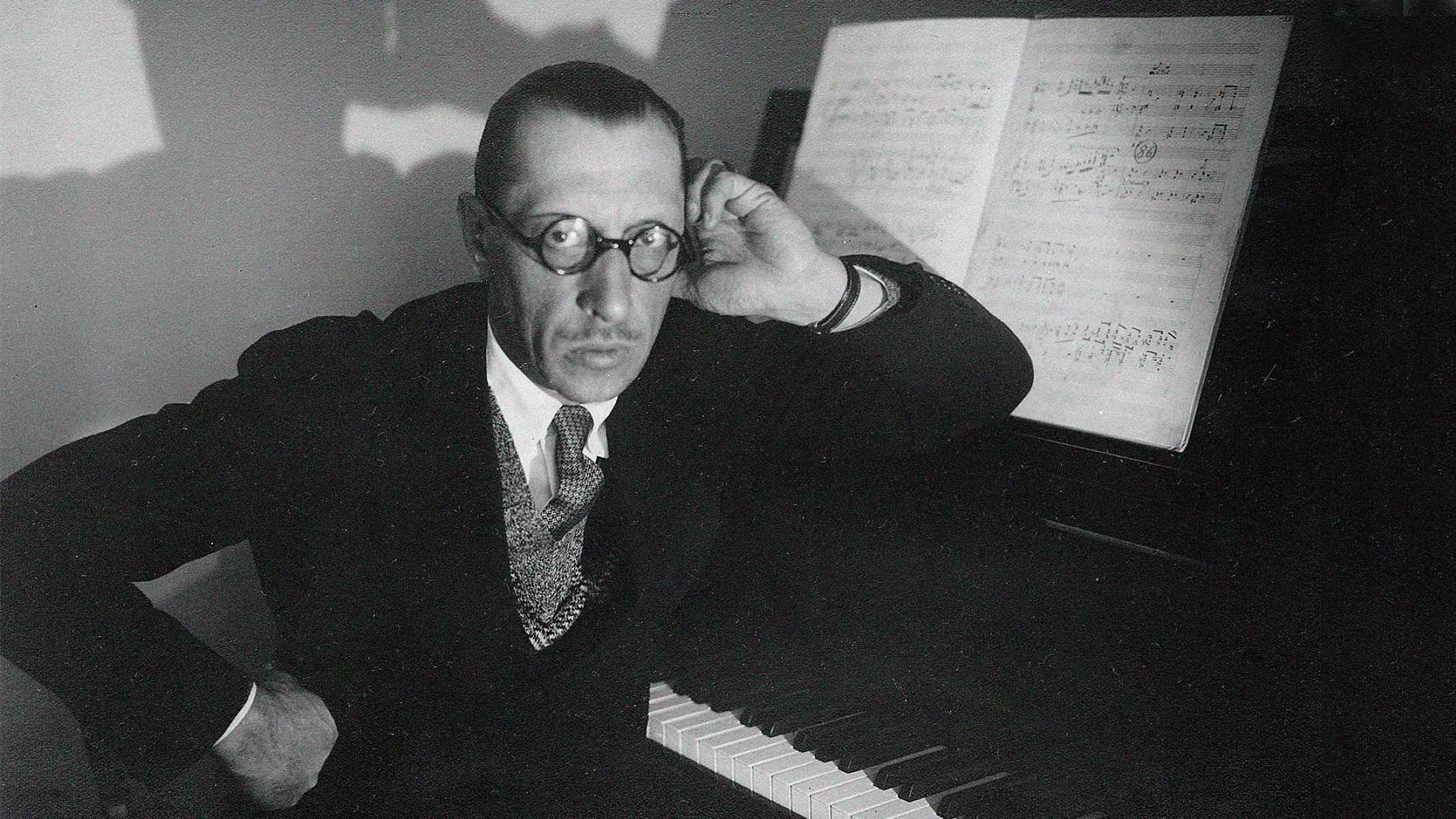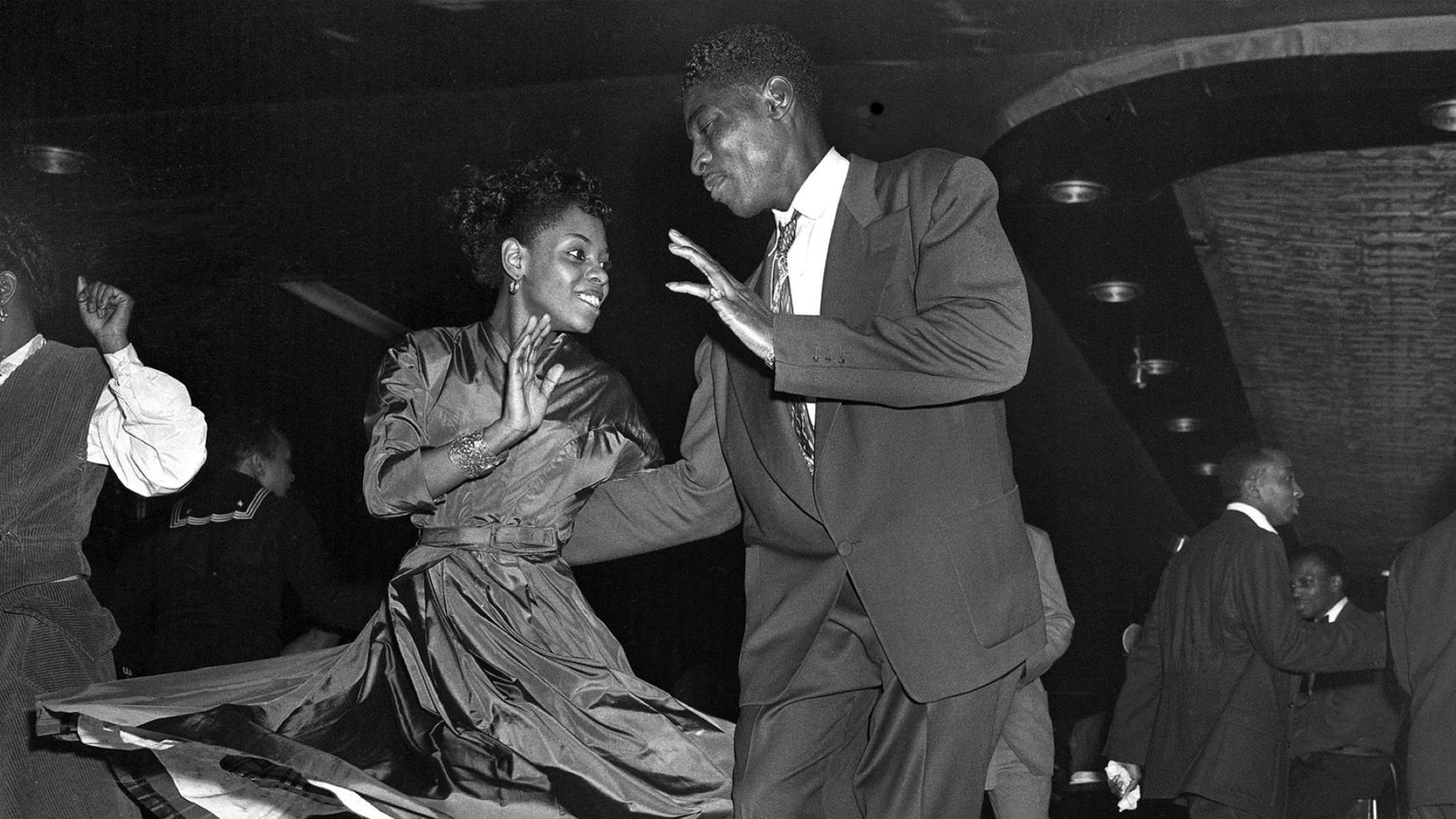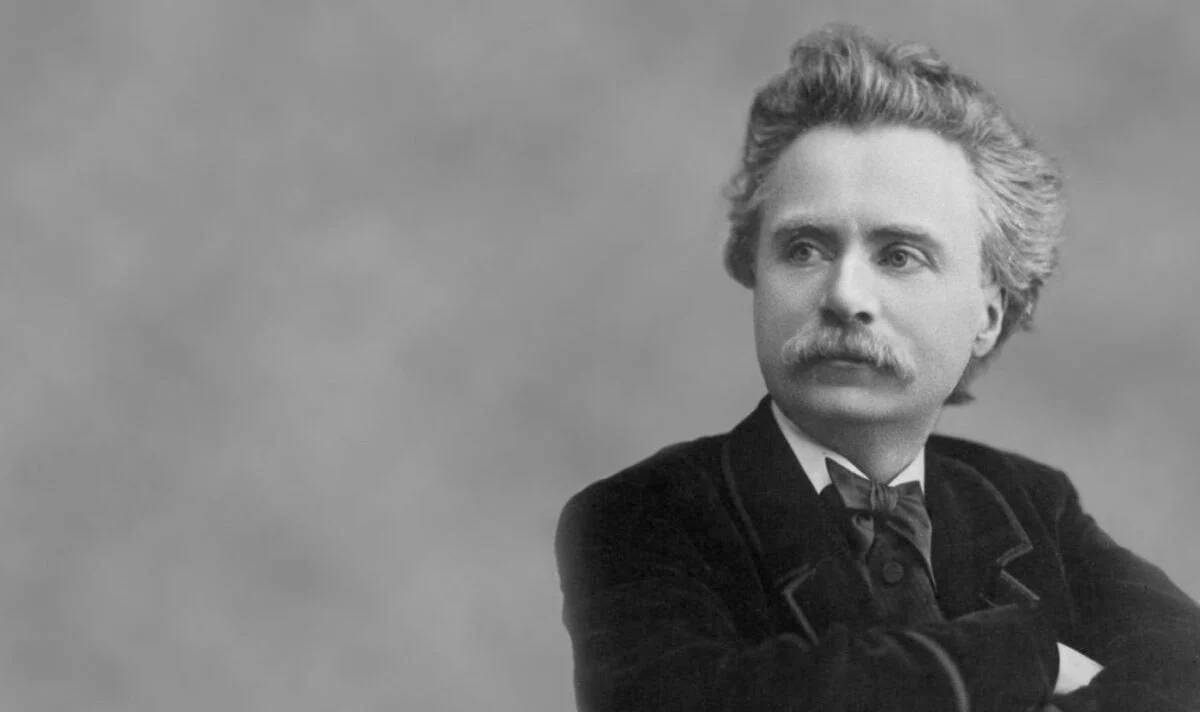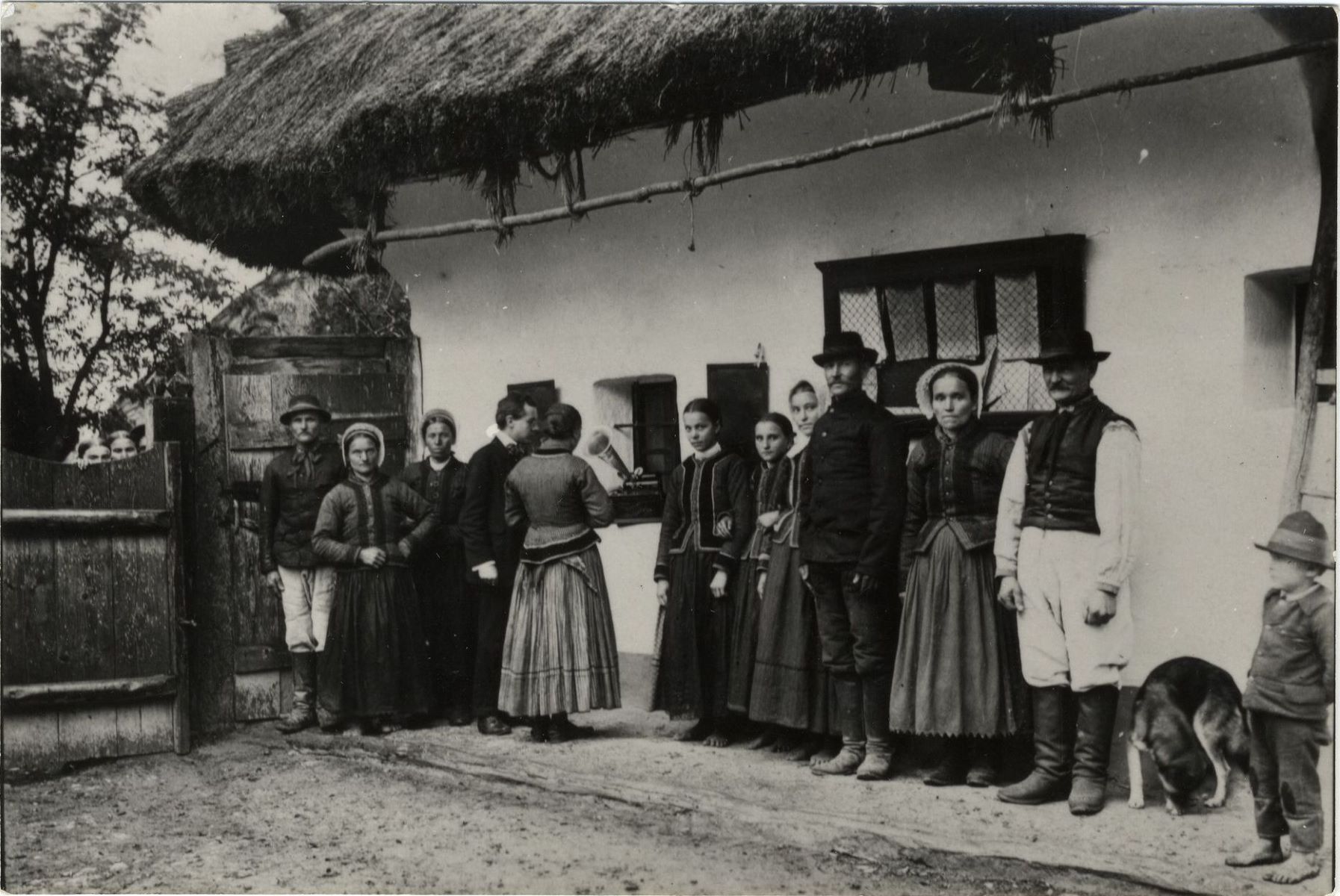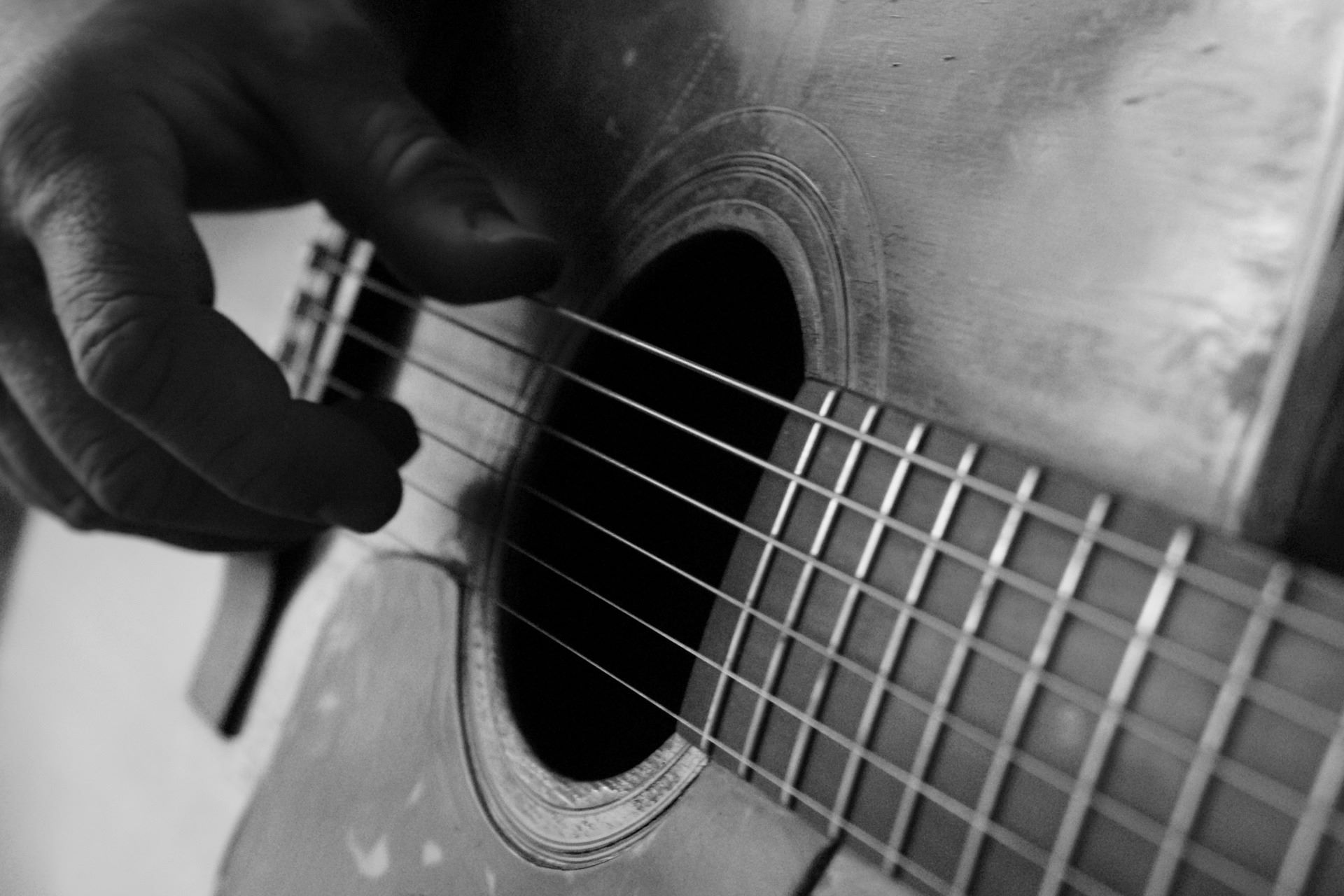

Folk
When Was Folk Dance Created
Modified: January 22, 2024
Discover the origins of folk dance and the rich cultural heritage it represents. Explore when this popular dance form was created and its significance in different regions around the world.
(Many of the links in this article redirect to a specific reviewed product. Your purchase of these products through affiliate links helps to generate commission for AudioLover.com, at no extra cost. Learn more)
Table of Contents
Introduction
Folk dance is a powerful and influential form of expression that has captivated people for centuries. Rooted in tradition and culture, folk dance is a vibrant reflection of a society’s history and values. It possesses a unique charm that transcends time and brings people together.
The origins of folk dance can be traced back to ancient civilizations, where communities used dance as a means of storytelling and celebration. Over time, these communal dances evolved into distinct regional styles, representing the diversity of cultures around the world.
Early forms of folk dance often revolved around agricultural activities, religious rituals, and social events. It served as a way for people to connect with their surroundings, honor their ancestors, and express their emotions.
Folk dance varies greatly across different cultures, each with its own distinct movements, music, and costumes. Whether it’s the lively and energetic Irish step dances, the graceful and fluid movements of Indian classical dance, or the rhythmic and joyous movements of African tribal dances, folk dance is a reflection of the rich tapestry of human expression.
Throughout history, folk dance has evolved and developed, influenced by various factors such as migration, colonization, and globalization. These influences have contributed to the fusion of different dance styles, leading to the emergence of new forms and expressions.
In the modern era, folk dance continues to evolve and adapt to the changing times. It has become a popular form of entertainment, both as a performance art and as a recreational activity. Folk dance festivals and competitions attract participants from around the world, showcasing the beauty and diversity of this art form.
In this article, we will delve deeper into the origins of folk dance, explore its different forms in various cultures, examine its evolution and development, and discuss its significance in today’s society. Join us on this journey as we unravel the fascinating world of folk dance.
Origins of Folk Dance
The origins of folk dance can be traced back to ancient times when communities used dance as a way to celebrate and communicate. It is believed that folk dance originated as a form of expression tied to agricultural activities. In agricultural societies, dances were performed to mark the changing seasons, celebrate successful harvests, and pray for favorable weather and abundant crops.
As human civilization progressed, these dances became deeply ingrained in the fabric of society. Folk dance served as a way to pass down cultural traditions from one generation to the next. Through dance, communities would tell stories, preserve historical events, and express their collective identity.
The specific origins of folk dance vary across different regions and cultures. For example, in Europe, folk dance developed alongside the rise of feudalism. It was performed at weddings, festivals, and social gatherings, serving as a means of social bonding and entertainment. The dances in Europe were heavily influenced by courtly dances of the aristocracy but carried a distinct character that reflected the lives of common people.
In Asia, folk dance developed in connection with religious and spiritual practices. In countries like India, where dance has a deep spiritual significance, folk dance forms emerged as a way to worship deities and honor cultural heritage. These dances often incorporate intricate hand gestures, footwork, and storytelling elements.
In Africa, folk dance plays a crucial role in tribal rituals and ceremonies. It serves as a means of communication, storytelling, and community-building. African folk dances are characterized by high energy, syncopated rhythms, and vibrant costumes.
Across the Americas, Native American tribes have a rich tradition of folk dance, which is deeply intertwined with their spiritual beliefs and customs. These dances often involve intricate footwork, agile movements, and elaborate regalia.
Overall, the origins of folk dance can be found in the cultural and historical contexts of different societies. Whether it’s the agricultural roots of European folk dances, the spiritual significance of Asian dances, or the tribal traditions of African and Native American dances, folk dance has always been a powerful expression of communal identity and celebration.
Early Forms of Folk Dance
Early forms of folk dance were deeply intertwined with the daily lives and rituals of communities. These dances were often performed in groups, with participants coming together to celebrate significant events, express their emotions, and reinforce social bonds.
In agricultural societies, folk dances emerged as a way to mark the changing seasons and important agricultural milestones. Harvest dances, for example, were performed to celebrate successful crops and give thanks to the gods for a bountiful harvest. These dances often incorporated movements imitating the planting, growing, and reaping of crops, with rhythmic footwork symbolizing the labor of tilling the land.
Religious and spiritual rituals also played a significant role in early folk dance. Many cultures believed that dance had the power to connect with the divine, and thus, dances were performed to honor deities and seek their blessings. These dances were often accompanied by sacred music and were performed with reverence and devotion. In some cases, dancers would enter a trance-like state as they communed with the divine through movement.
In addition to agricultural and religious dances, early folk dance also served as a form of entertainment. Festivals and social gatherings provided opportunities for communities to come together and engage in joyful dances. These dances were meant to bring people together, foster a sense of unity, and provide a respite from the challenges of daily life.
The movements and styles of early folk dances were shaped by a variety of factors, such as geographical location, cultural influences, and societal norms. For example, dances in coastal regions often incorporated fluid and undulating movements inspired by the rhythms of the sea, while dances in mountainous regions may have included energetic footwork symbolizing the resilience and strength needed to navigate challenging terrain.
Costumes and props were also an important aspect of early folk dance. They were used to enhance the storytelling aspect of the dances, evoke a sense of tradition and cultural identity, and create a visually captivating performance. Costumes often represented the clothing worn by everyday people, reflecting the attire and style of the time.
Overall, early forms of folk dance were deeply rooted in the traditions, beliefs, and values of the communities that practiced them. These dances served as a means of celebration, communication, and social cohesion, providing a window into the rich cultural heritage of different societies.
Folk Dance in Different Cultures
Folk dance is a universal art form that has taken on unique flavors and styles in different cultures around the world. Each culture has its own distinct movements, music, and costumes, showcasing the diverse expressions of human creativity and storytelling. Let’s explore some of the fascinating folk dance traditions across various cultures.
Ireland: Irish folk dance is known for its energetic and rhythmic movements, most notably seen in the popular Irish step dancing. With lightning-fast footwork and intricate choreography, Irish dancers create mesmerizing patterns as they dance to lively jigs and reels. The Riverdance phenomenon has played a significant role in promoting Irish folk dance on a global scale.
India: India has a rich tapestry of folk dances that vary in style and purpose across its diverse regions. From the graceful movements of Kathak in the north to the vibrant spins and expressive hand gestures of Bharatanatyam in the south, folk dances in India are deeply rooted in mythology, spirituality, and cultural traditions. Each dance form tells a story and showcases the unique heritage of the region it represents.
Africa: African cultures boast a wide array of folk dances, each with its own distinct character and significance. From the energetic and acrobatic Gumboot dance in South Africa to the mesmerizing and rhythmic movements of the Samba in Brazil, African folk dances are a celebration of community, heritage, and joy. They often incorporate complex footwork, syncopated rhythms, and vibrant costumes.
Mexico: Mexican folk dances, such as the lively and colorful Jarabe Tapatío (Mexican Hat Dance) and the energetic Zapateado, are beloved for their exuberance and cultural symbolism. These dances showcase the rich history, traditions, and indigenous roots of Mexico. Vibrant costumes, intricate footwork, and rhythmic patterns are key elements of Mexican folk dance.
Indigenous Cultures: Indigenous communities around the world have their unique folk dances that reflect their connection with nature, spirituality, and ancestral traditions. For example, the Haka in Maori culture, performed by the indigenous people of New Zealand, is a powerful and intense dance performed in ceremonial settings. The Native American tribes in North America have their own diverse range of dances, such as the Fancy Dance and the Jingle Dance, which are deeply connected to their cultural identity and storytelling.
These examples are just a glimpse into the fascinating world of folk dance across different cultures. Every culture, community, and region has its own distinct ways of expressing their history, values, and collective identity through dance. Folk dance serves as a powerful medium for cultural preservation, celebration, and connection, showcasing the beauty of human diversity.
Evolution and Development of Folk Dance
Folk dance, like any art form, has evolved and developed over time through various influences and cultural exchanges. As societies changed and new ideas spread, folk dance adapted to reflect the shifting dynamics of the world. Let’s explore the evolution and development of folk dance through the ages.
In the early stages, folk dance was deeply rooted in community rituals and traditions. These dances were handed down through generations, preserving cultural identity and heritage. However, as societies became more interconnected through trade, migration, and colonization, folk dance began to incorporate external influences.
One significant factor that influenced the evolution of folk dance was the arrival of foreign cultures. Through interactions with other communities, regions adopted new dance styles, music, and costumes, leading to the fusion of different traditions. This gave birth to unique regional variations of folk dance that incorporated elements from various cultures.
Furthermore, the advent of new technologies, such as recorded music and mass media, also contributed to the evolution of folk dance. Traditional dances that were once performed solely for religious or community events began to be showcased for entertainment purposes. This transformation expanded the accessibility and popularity of folk dance beyond its original context.
With the rise of globalization, folk dance has also become a way to promote cultural diversity and foster cross-cultural understanding. International festivals and events provide platforms for different cultures to showcase their folk dances, allowing for cultural exchange and appreciation. This exposure to diverse dance styles has led to the blending and synthesis of different movements and techniques, creating new forms of folk dance.
Moreover, folk dance has seen a resurgence in recent years as communities strive to preserve their cultural heritage. Efforts to document, revive, and teach traditional dances have played a crucial role in ensuring that these art forms continue to thrive. Folk dance workshops, cultural organizations, and educational programs have been instrumental in keeping folk dance alive and relevant in the modern world.
Today, folk dance continues to evolve as it adapts to contemporary trends and societal changes. With a combination of traditional elements and modern influences, folk dance remains a vibrant and dynamic art form. It serves as a testament to the resilience and adaptability of cultures, connecting people across time and space through the universal language of movement.
Influences on Folk Dance
Folk dance is the result of a multitude of influences that have shaped and transformed it throughout history. These influences range from cultural, historical, and social factors to technological advancements and globalization. Let’s explore some of the key influences on folk dance.
Cultural and Historical Influences: The culture and history of a region play a significant role in shaping the movements, music, and costumes of folk dances. Folk dances often reflect the traditions, values, and beliefs of a community. As cultures interacted and exchanged ideas, folk dances assimilated new elements, retaining their distinct character while incorporating external influences.
Migration and Colonization: One of the major influences on folk dance has been migration and colonization. When people from different regions migrated or were colonized, their dances mixed with local traditions, leading to the development of new forms of folk dance. This fusion of dance styles contributed to the rich diversity found in folk dance today.
Technological Advancements: The advancement of technology, particularly in the field of music recording and reproduction, has had a profound impact on folk dance. The availability of recorded music allowed for dances to be performed without live musicians and increased their accessibility. This led to the popularization and wider dissemination of folk dance across different regions and communities.
Globalization: In the modern era, globalization has greatly influenced folk dance. The interconnectedness of societies through travel, international communication, and media has facilitated the exchange of dance styles, techniques, and costumes. Folk dances have embraced elements from different cultures, resulting in the emergence of new hybrid forms that blend traditions from various regions.
Revival and Preservation Efforts: In recent years, there has been a concerted effort to revive and preserve traditional folk dances. Cultural organizations, dance academies, and communities have dedicated themselves to researching, teaching, and promoting folk dances. These preservation efforts ensure that folk dances retain their authenticity and cultural significance in the face of modernization and changing societal dynamics.
Social and Political Movements: Folk dance has often been used as a tool for social and political expression. During periods of social unrest or political movements, folk dances have served as a means of rallying communities, expressing dissent, or asserting cultural identity. They have provided a platform for marginalized groups to reclaim their heritage and make their voices heard.
All these influences have contributed to the richness and diversity of folk dance. The evolution and adaptability of this art form continue to be shaped by these influences as cultures evolve and interact in an increasingly interconnected world.
Modern Folk Dance
In the modern era, folk dance has undergone further evolution and transformation, adapting to the changing times while staying true to its cultural roots. Modern folk dance can be seen as a fusion of traditional elements with contemporary influences, bringing new energy and perspectives to this ancient art form.
One prominent characteristic of modern folk dance is its increased accessibility and inclusivity. With the rise of dance studios, community centers, and online resources, more people have the opportunity to learn and participate in folk dance. This openness has broadened the demographic of folk dancers, breaking down barriers and encouraging cultural exchange.
Furthermore, modern folk dance showcases a blend of traditional and contemporary movements. Choreographers and dance groups incorporate elements of contemporary dance styles, such as ballet, jazz, and hip-hop, into traditional folk dances, creating dynamic and innovative performances. This fusion encourages experimentation and keeps folk dance relevant and engaging for today’s audiences.
Additionally, technology has played a significant role in the modernization of folk dance. Social media platforms and video sharing websites have provided a platform for folk dancers to showcase their talent and creativity to a global audience. This increased visibility has not only popularized folk dance but also led to collaborations and cross-cultural exchanges among dancers from different parts of the world.
In recent years, there has been a resurgence of interest in folk dance festivals and competitions. These events bring together folk dancers from various cultures to celebrate their shared love for this art form. Participants have the opportunity to showcase their skills, learn from one another, and strengthen global connections through the universal language of dance.
Another aspect of modern folk dance is the conscious effort to preserve and revive endangered or forgotten folk dances. Ethnographers, historians, and dance enthusiasts work diligently to research and document traditional dances that are at risk of being lost. Through their efforts, these dances are reintroduced to the public, ensuring their continued appreciation and transmission to future generations.
Overall, modern folk dance displays a vibrant blend of tradition and innovation. It remains an important cultural expression, showcasing the diversity of human heritage while adapting to the ever-changing world. Through its inclusive and dynamic nature, modern folk dance continues to bridge cultural gaps, foster understanding, and bring people together in celebration of shared humanity.
Conclusion
Folk dance is a captivating form of expression that has deep roots in the fabric of societies around the world. It has evolved and developed over time, influenced by cultural, historical, and social factors. From the ancient rituals of agricultural communities to the modern fusion of traditional and contemporary movements, folk dance has remained an integral part of human tradition and celebration.
Throughout history, folk dance has served as a powerful means of storytelling, cultural preservation, and community bonding. It reflects the values, beliefs, and traditions of different cultures, providing a window into their rich and diverse heritage. From the spirited Irish step dances to the graceful Indian classical dance forms, folk dance is a testament to the creativity, resilience, and collective identity of communities worldwide.
In the modern era, folk dance has continued to adapt to the changing times while staying true to its origins. It has become more inclusive and accessible, embracing new influences and incorporating contemporary elements. Collaboration, technology, and preservation efforts have all played a role in the evolution and revitalization of folk dance, ensuring its relevance and longevity.
Moreover, folk dance serves as a bridge, connecting people across cultures and promoting cross-cultural understanding. It fosters appreciation and respect for the diversity of human expression, breaking down barriers and fostering mutual appreciation.
As we continue to navigate the intricate tapestry of human existence, folk dance reminds us of our shared humanity. It celebrates our history, traditions, and collective joys and sorrows. By engaging with folk dance, we can connect with our roots, honor our ancestors, and embrace the beauty of cultural diversity.
In conclusion, folk dance is more than just movements and rhythms; it is a vibrant and living testament to the power of human expression. Let us continue to explore, preserve, and celebrate the rich and captivating world of folk dance, embracing the beauty and unity it brings to our lives.



